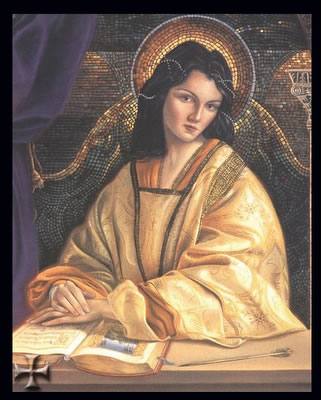 |
| Detail of the Venetian Arsenal from theCivitates Orbis Terrarum [1572] |
At some point—possibly in the very early 1100s during the reign of Doge Ordelafo Faliero, or perhaps even earlier—a complex of state-owned shipyards was begun, called the Arsenale di Venezia ["Venetian Arsenal"]. It was designed to provide private shipbuilders with a facility to produce ships for themselves or the state. In 1320, the complex was upgraded to the Nuovo Arsenale ["New Arsenal"] as a place to "build and maintain navy and merchant ships, all in one location." [source]
The Arsenal is probably the first example of large-scale factory work prior to the Industrial Revolution. The complex grew to cover 110 acres, and had a forest dedicated to its lumber needs. The workers, called arsenalotti, numbered in the thousands at the height of production and were said to be able to produce a ship in less than 24 hours. One of their techniques was to build the frame first rather than the hull first. Once the frame was finished, different crews could move in with their pre-fabricated parts for assembly. Rigging, sails, weapons, etc., were prepared by separate teams for the appropriate type of vessel. Dante even mentions this process in Canto xxi of Inferno. These specialists also made improvements in technology, particularly in weaponry. Gunpowder weapons—bombards and handguns—were a particular interest.
Much of the complex is now in ruins, but you can see the Porta Magna, the "Great Gate" that provided the seaward entrance, here.
*Some day I promise to get to my favorite Crusade, the 4th, and how it went horribly wrong.













